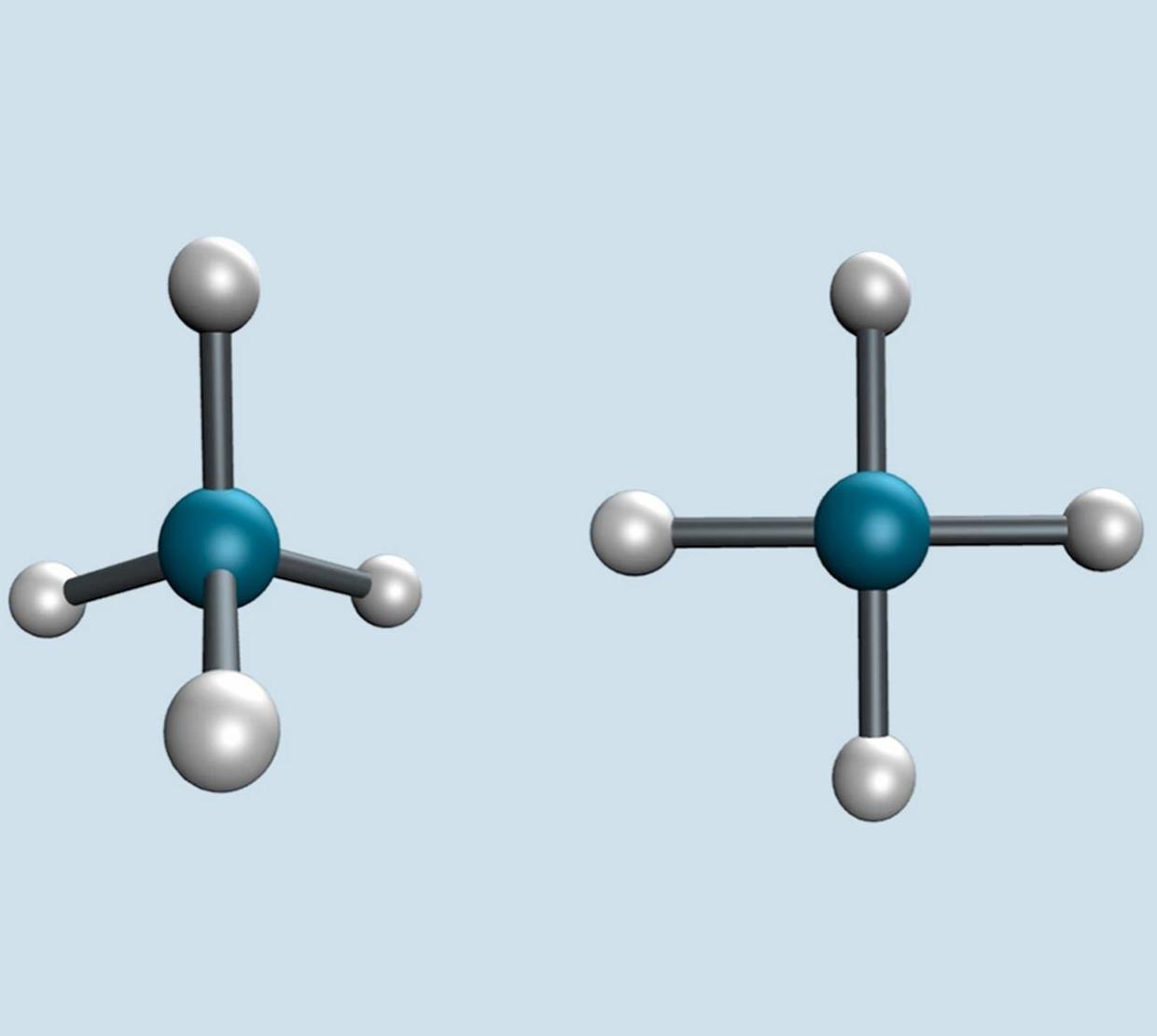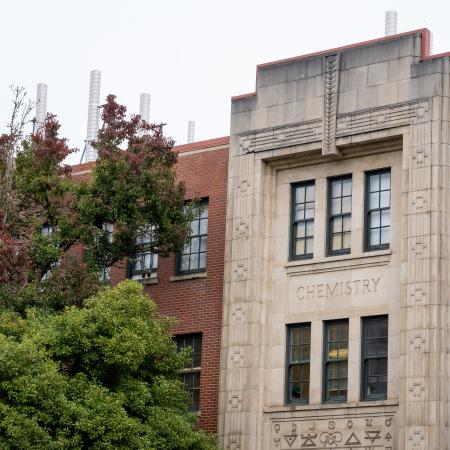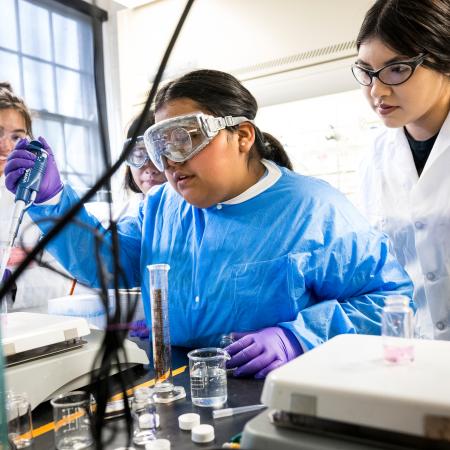Superheavy elements like Tennessine (117) and Oganesson (118) are too short-lived for most chemical experimentation, but ACS Fellow Walt Loveland has gained insight into the stability of a proposed molecule – OgTs4 – by using relativistic computational calculations. He found that 586 electrons in the stable pentatomic molecule OgTs4 would be made if the periodic table’s heaviest two elements reacted with each other, a number that Chemical & Engineering (C&E) News deemed one of 2021's “dramatic digits” – numbers that stood out to C&EN's editors.
The molecule studied is one of the largest molecules to have been studied using relativistic quantum mechanics. Central to all Loveland’s work are the contributions of Professor Emeritus of Chemistry Gulzari Malli at Simon Fraser University.
“For several decades, our colleague Walt Loveland has been a leader in the study of the superheavy elements,” said Mike Lerner, head of the chemistry department. “This continues with his recent papers and a new book on nuclear fission. In this highlighted work, Walt and coworkers show clearly that relativistic effects must be considered in predicting the structure and chemistry of Oganesson and other superheavy element compounds.”
Loveland’s systematic study of the nuclear reactions that create super-heavy elements has provided powerful tools for scientists engaged in this research. He engineered the use of radioactive beams in heavy-element synthesis and led the investigation of heavy residues in nuclear fusion reactions for which he was awarded the ACS Glenn T. Seaborg Award for Nuclear Chemistry in 2014.
He focused his attention on nuclear chemistry after meeting Glenn T. Seaborg, a professor of chemistry at the University of California who won the Nobel Prize in chemistry in 1951 for his discovery of plutonium. With Seaborg, Loveland co-authored the textbooks Nuclear Chemistry (1982) and The Elements Beyond Uranium (1990). Loveland’s most recent book, An Introduction to Nuclear Fission was published in 2021.
In 2018, Loveland was named a Fellow by the American Chemical Society (ACS), the world’s largest scientific society and the premier professional home for chemists, chemical engineers and related professions worldwide. In 2015, he was elected a Fellow to the American Association for the Advancement of Science (AAAS), the world’s largest general scientific society.
Read more about Loveland’s other national honors, achievements and research.




